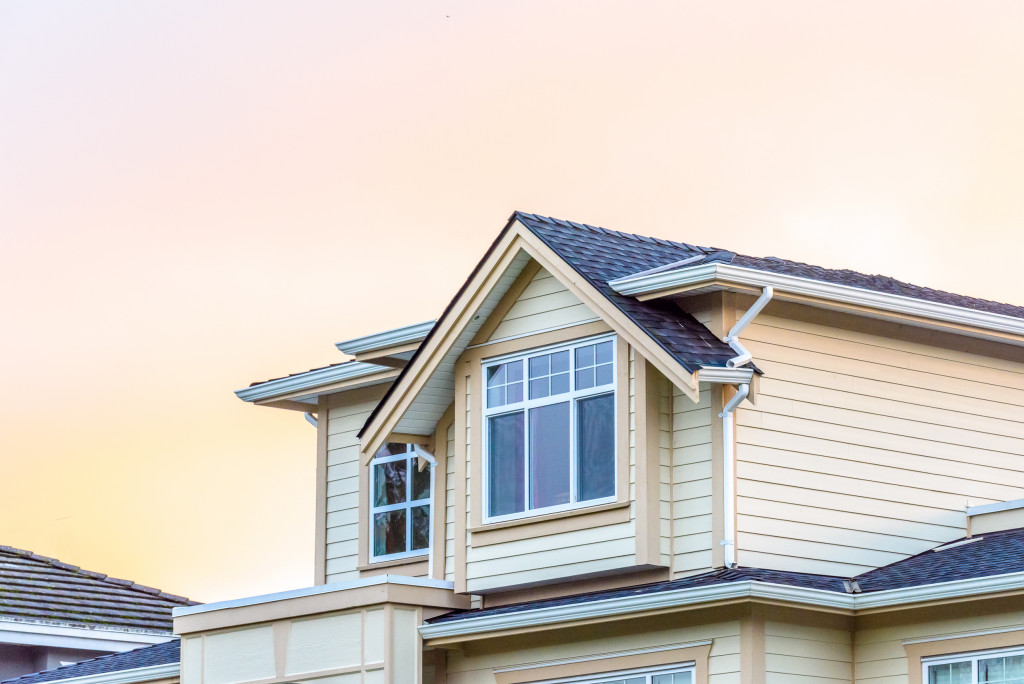As you may know by now, summer is here. And depending on how you look at it, the hot weather can be welcome news or a sad reality. To boot, it can mean a lot of adventure just waiting round the bend (swimming, fishing, mountaineering). Lately, however, summer may have taken its toll on many Canadians and Americans alike. As reported, scores of untimely deaths both from Canada (Vancouver area) and the U.S. West Coast have been attributed to a record-breaking heatwave. For one, temperatures topped 116 degrees in Portland.
Traditionally, antebellum houses in the South have relied on various architectural adjustments to fight the summer heat off. Some of these include the installation of outdoor spaces (porches, patios, balconies) and high ceilings. Moreover, you can see how fireplaces were adjusted in accordance with the heat from the sun. In the North, fireplaces were at the center while in the South had to be located to the exterior wall.
But of course, these days, we’re not so mindful of house designs. Instead, many have placed their faith in air conditioning and other technological advancements to contain the scorching heat.
That can certainly be myopic. The best solution to counter humid, hot climates should be a combination of the convenience of timely home design and the advances of the latest cooling technology. Here are three quick tips to that end.
Never Forget Your Umbrella
It’s easy to lose sight of what’s essential in beating the summer heat. For one, the usual approach is to crank up the AC while keeping all that humidity and heat surrounding your precious abode from getting in. It sounds logical. Quite naturally, the hotter the weather, the stronger is heat’s trust to conquer your home.
But we’re missing something there actually. If we’re to use infrared technology, we’d see that the greater amount of heat forcing its way into your house comes from the sun’s rays beating down on your roof along with the west walls. In short, the sun heats up these portions of your house, conducting heat to the insides of your property in the process. And that can truly add greater heat to your precious abode.
Try stepping on asphalt directly baked by the sun or just get in your car after it has been under the summer heat for some time. You’ll realize that the sun’s powerful rays can heat up an object directly making it hotter than the ambient temperature.
To boot, a light-colored roof should be able to reflect tons of the sun’s radiation away from your house. Think of it as akin to wearing a white shirt instead of a darker one. Even better, you can make the most of a radiant barrier so you may be able to reflect the heat more effectively out.
Of course, it’s best you discuss all these with a trusted roofing company prior to implementation. The right expertise can make a world of difference when it comes to quality of work and spot-on assessment and planning.
Another bright idea is to make the most of a vented air cavity placed directly under your property’s roof. By doing so, you let the heat dissipate before it’s even introduced to your roof insulation. It’s like having a canopy protecting you from the direct heat of the raging sun. Certainly, it can go a long way to minimizing your heat load.

Location is Key
Take note that more insulation isn’t always the best way to fight the summer heat. Think about it. Since there is more heat beating on your property from above, it’s, therefore, not recommended to insulate your walls more than your roof. Thus, the insulation of R-30 for the roof and R-13 for the walls should be timely.
It’s important that you know which part of the house needs insulation. For instance, moving your attic insulation such that AC ducts are located within the insulated envelope. In doing so, you unburden the air conditioning unit. The AC won’t have to work as hard as the ducts are not losing as much energy to the impending heat. Take note that when attics are uninsulated, the summer heat can easily pack in 140 degrees of heat inside. Just imagine what will happen when you have your AC’s duct running through such a seething hot environment.
Keeping It All In
No matter how well you insulate your house if the air is escaping in or out, you are allowing cooling energy to dissipate and escape. Air seepage happens when air escapes via construction joints, window seals, or cracks. Worse, there’s the possibility of moisture which could lead to wall degradation.
A good way to contain this is to use building wraps such as Tyvek. These materials effectively block water and air from entering your precious abode while at the same time letting moisture out. This way you can seal your doors and windows with Tyvek. And enjoy cooler summers along the way.


